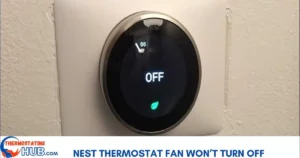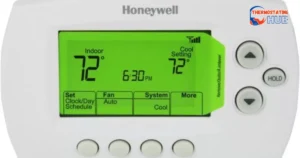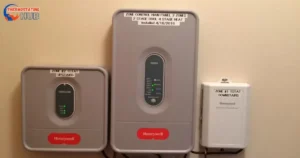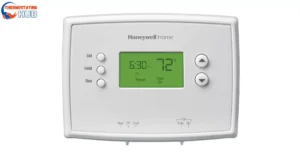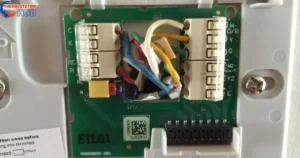The Nest thermostat comes with a smart feature called Nest Heat Pump Balance. This nifty function utilizes cutting-edge machine learning technology to optimize the efficiency of heat pump systems with auxiliary heating, making them work more effectively.
Remember, not all systems include Nest Heat Pump Balance—specifically, it’s designed for heat pump systems equipped with auxiliary heating. If you don’t see the option for Nest Heat Pump Balance, it’s likely your heat pump doesn’t have auxiliary heating.
Occasionally, you might have auxiliary heat without the Heat Pump Balance option visible. In this scenario, it’s advisable to inspect your thermostat wiring to ensure proper connections.
The core idea behind Heat Pump Balance is its cost-effective approach. It extends the running time of the heat pump, prioritizing longer operation over quickly activating auxiliary heat to reach the set temperature. This method tends to be more economical in heating your space.
Is the Nest heat pump balance worth it?
Determining the worth of the Nest Heat Pump Balance hinges on specific factors. From my perspective, if your main goal is conserving energy, then embracing heatp pump balance is a smart move.
However, if energy conservation and cost savings aren’t on your radar, opting out of Heat Pump Balance might be more fitting. Instead, utilizing Nest Compressor Lockout could suffice in providing comfort without the energy-saving features. It all boils down to your priorities and what you seek in your heating system.
Pro Tip: Exploring different settings and features of your Nest thermostat can help tailor your heating preferences to suit your energy-saving goals.
How to turn on and off Heat pump balance
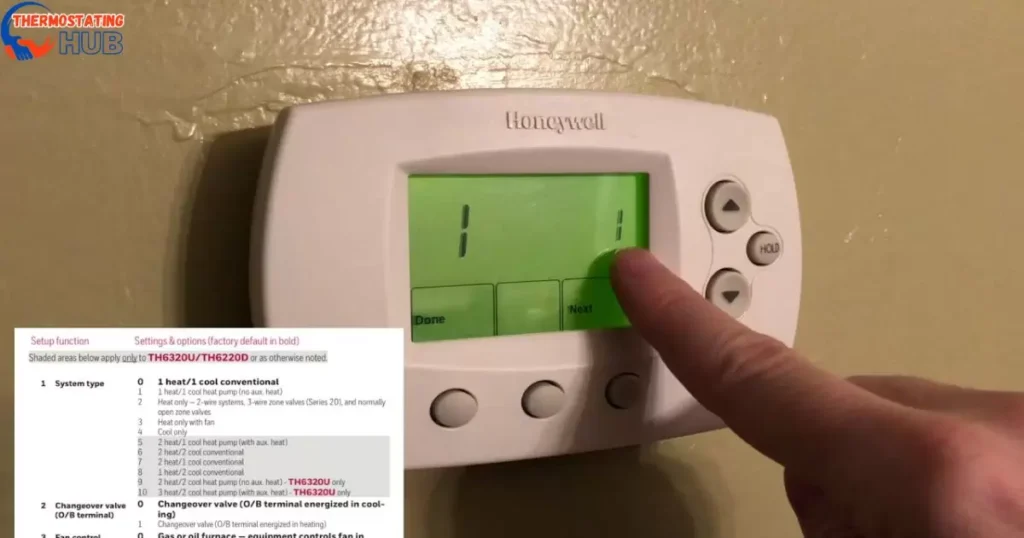
If you have a compatible system featuring a heat pump with auxiliary heat, chances are you’ll find the option to adjust heat pump balance settings. Here’s a step-by-step guide to enabling this feature:
Using your thermostat:
- Press the thermostat ring to access the Quick View menu.
- Navigate to Settings (select the Nest settings icon).
- Choose Nest Sense.
- Tap Heat Pump Balance and select your preferred setting.
Through your Nest app:
- Tap Settings (Nest settings icon).
- Select your thermostat.
- Tap Heat Pump Balance.
- Choose a Heat Pump Balance setting.
Via your home app:
- Touch and hold your device’s tile.
- Tap Settings.
- Open Temperature Preferences.
- Select a Heat Pump Balance setting.
Nest Heat Pump Balance typically offers four main settings, each with distinct functions:
| Setting | Function |
| Maximum Saving | Minimizes the use of auxiliary heat |
| Maximum Comfort | Ensures optimal home comfort |
| Balanced | Balances energy efficiency with auxiliary heat |
| Off | Utilizes the lock-out temperature instead |
Now, let’s delve into a detailed overview of these four settings:
- Maximum Saving: Prioritizes minimizing the usage of auxiliary heat to conserve energy.
- Maximum Comfort: Focuses on ensuring your home maintains optimal comfort levels.
- Balanced: Strikes a balance between energy efficiency and auxiliary heat usage, avoiding excessive reliance on the auxiliary heat.
- Off: Disables Heat Pump Balance, utilizing the lock-out temperature setting instead.
Pro Tip: Experimenting with different settings can help you find the ideal balance between energy efficiency and comfort tailored to your preferences and climate conditions.
Maximum saving
The “Maximum Saving” setting within Heat Pump Balance effectively minimizes auxiliary heat usage while maximizing energy savings. It strategically elevates nighttime temperatures slightly, aiming to reduce reliance on auxiliary heating during the morning hours.
Among the four Heat Pump Balance settings available, opting for the “Maximum Saving” setting yields the highest energy savings.
In this setting, the lockout temperature is adjusted to a notably lower level, contributing to increased efficiency and reduced reliance on auxiliary heating.
read aslo: Should You Go For Nest Dual Fuel or Single Fuel?
Maximum comfort
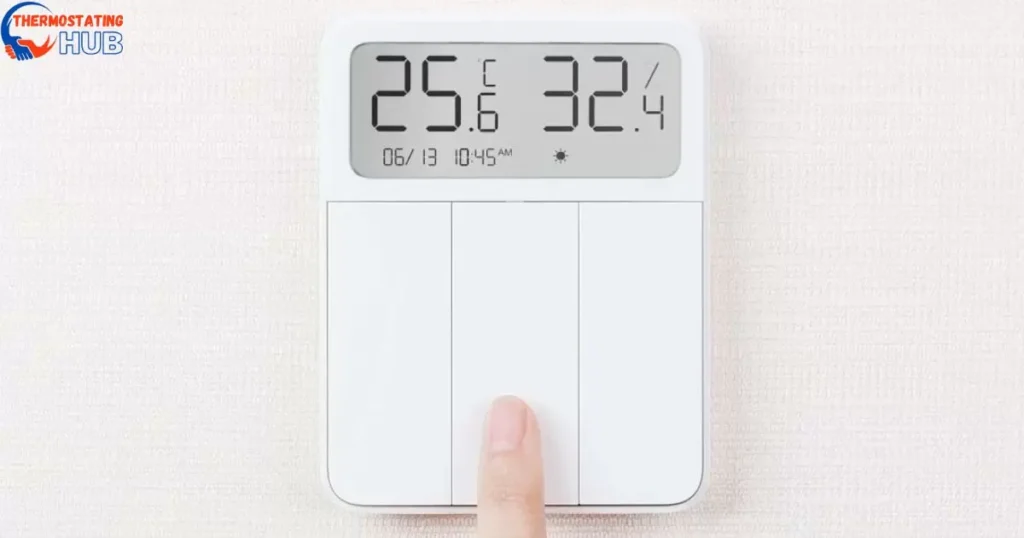
The “Maximum Comfort” setting might suit your preferences if you’re not concerned about energy consumption. This option prioritizes maintaining your home at the ideal set temperature consistently, potentially relying more on auxiliary heat to achieve this comfort level.
Balanced
The “Balanced” setting falls between the extremes of “Maximum Comfort“ and “Maximum Saving.” It utilizes auxiliary heat to reach the desired temperature, while the compressor lockout point rests midway between the maximum comfort and maximum saving temperatures.
Offsetting
In this scenario, the Nest Heat Pump Balance feature will be turned off, and instead, the thermostat will utilize the temperature lockout setting that you’ve configured.
Troubleshooting problems with heat pump balance
If your thermostat doesn’t display the Heat Pump Balance setting despite having a heat pump with auxiliary heat, it might be due to wiring issues. Here’s a summary of potential wiring problems and their fixes:
| Possible Wiring Issue | Fix |
| O/B terminal not connected | Connect wires to the OB connector |
| No wire in W2/Aux connector | Ensure a wire is in the W2/Aux terminal |
| Wires connected to W1 and W2 | The system is dual fuel, not Heat Pump compatible |
Troubleshooting the absence of Heat Pump Balance involves checking:
- Unconnected OB Terminal: The OB terminal controls the reverse valve for switching between cooling and heating in the heat pump. If this terminal lacks a wire, the system may mistake it for a conventional air conditioner, thus omitting the Heat Pump Balance option.
- Missing Wire in W2/Aux Connector: The W2/Aux terminal manages supplementary heating (aux heat). Heat Pump Balance is exclusive to heat pump systems with aux heat. With a wire in this terminal, the system might perceive it as a heat pump lacking auxiliary heat, causing the Heat Pump Balance option to be available.
- Wires Connected to W1 and W2: If both W1 and W2 terminals have wires, it indicates a dual fuel system. Heat Pump Balance isn’t compatible with dual fuel setups.
Identifying and addressing these wiring issues can help enable the Heat Pump Balance feature on your thermostat if your system supports it.
Pro Tip: Verifying your thermostat’s wiring configuration can ensure compatibility with and activation of the Heat Pump Balance for optimal system performance.
Understanding Nest Heat Pump Balance
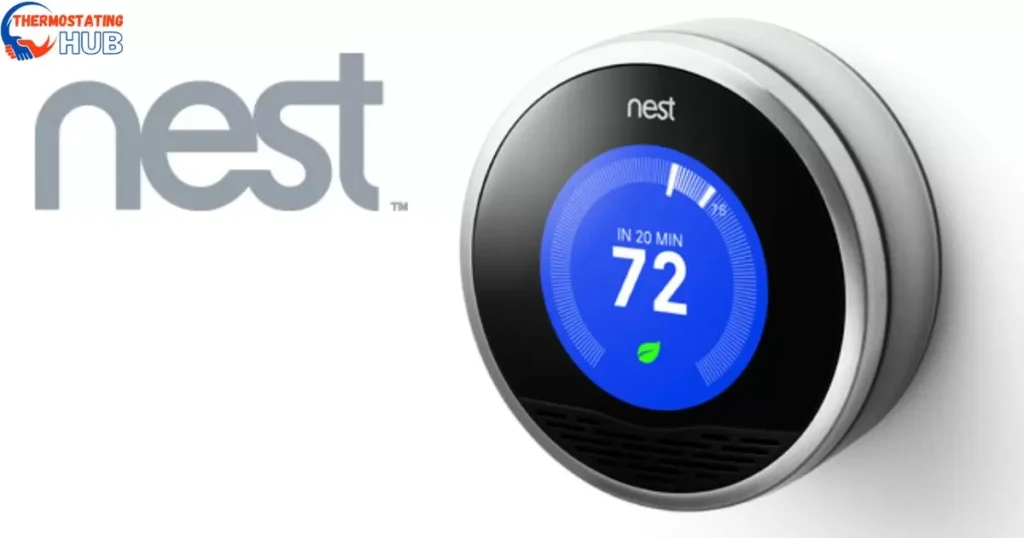
Understanding Nest Heat Pump Balance is essential for optimizing energy efficiency and maintaining indoor comfort. This feature plays a critical role in balancing a heat pump system’s performance, ensuring it operates efficiently without unnecessary strain.
By comprehending how Nest Heat Pump Balance functions, users can fine-tune settings to align with their specific heating and cooling requirements. It essentially regulates the utilization of auxiliary heat (which typically consumes more energy) alongside the heat pump, prioritizing the more energy-efficient heat pump unless additional heat is required.
Furthermore, a solid grasp of this feature can lead to substantial energy cost savings. Nest Heat Pump Balance curtails excessive use of auxiliary heat, notorious for high energy consumption, especially in colder climates.
By maximizing the heat pump’s efficiency, it minimizes overall energy consumption while sustaining a comfortable indoor environment. Mastering the utilization of Nest Heat Pump Balance empowers users to optimize their home’s heating and cooling system, promoting enhanced efficiency and significant cost savings.
Read also: How To Fix E298 Nest ‘no Power Code
Advantages and Drawbacks
Certainly! Below is a table detailing the advantages and drawbacks of considering the Nest Heat Pump Balance:
| Advantages | Drawbacks |
| 1. Efficient energy utilization: | 1. Initial setup complexity: |
| Helps optimize energy usage, cutting costs. | Installation and configuration may require expertise. |
| 2. Enhanced comfort control: | 2. Compatibility limitations: |
| Offers precise temperature adjustments. | Compatibility issues might arise with certain HVACs. |
| 3. Smart learning capabilities: | 3. Reliance on Wi-Fi connectivity: |
| Learns user preferences, adjusts settings. | Performance affected by unstable internet connections. |
| 4. Energy-saving recommendations: | 4. Potential software glitches: |
| Provides suggestions for higher efficiency. | Occasional software updates or bugs may impact performance. |
| 5. Remote accessibility: | 5. Cost consideration: |
| Control via a smartphone app from anywhere. | Higher initial investment compared to conventional thermostats. |
This table presents a comprehensive view of both the advantages and drawbacks associated with considering the Nest Heat Pump Balance, aiding potential users or buyers in making an informed decision.
Mastering Nest Heat Pump Balance
Mastering the Nest Heat Pump Balance can significantly enhance both energy efficiency and home comfort levels. Begin by familiarizing yourself with your heat pump system’s settings. The Heat Pump Balance feature, integrated into Nest thermostats, is designed to ensure efficient heating by effectively utilizing both the heat pump and auxiliary heating system.
Adjust these settings accordingly to strike a balance between these systems, primarily based on outdoor temperature variations. This optimization allows your heat pump to work efficiently without overly relying on backup heat sources.
Ensuring regular maintenance is pivotal for your heat pump’s optimal performance. Schedule periodic professional check-ups and cleanings to guarantee that all components are operating at their peak efficiency.
Moreover, consider bolstering insulation and sealing any gaps in your home to prevent heat loss. This strategy enables your heat pump to function more effectively by maintaining a consistent indoor temperature.
Mastering the Nest Heat Pump Balance and implementing proactive maintenance measures can substantially improve energy efficiency and ensure a consistently comfortable indoor environment throughout the year.
FAQs
What is heat pump balance point?
The heat pump balance point refers to the outdoor temperature at which a heat pump’s heating capacity matches the heat loss of a building. Below this point, supplemental heating might be necessary to maintain indoor comfort.
What is the balance point in a heat pump installation?
In a heat pump installation, the balance point is the outdoor temperature at which the heat pump’s output matches the heat loss of the building, requiring no supplemental heating or cooling to maintain indoor comfort.
Does Nest work with a heat pump?
Yes, Nest thermostats are compatible with various heat pump systems, but compatibility may vary depending on the specific model and the type of heat pump. Nest thermostats support many heat pump configurations, including single-stage, multi-stage, and auxiliary heat systems.
How does Nest heating control work?
Nest heating control operates by learning your schedule and preferred temperatures, adjusting settings automatically to conserve energy when you’re away and keep you comfortable when you’re home. It utilizes sensors, algorithms, and user input to optimize heating and cooling cycles, thereby improving energy efficiency and comfort levels.
Final thought
Now that you’ve gained insights into Nest Heat Pump Balance, we trust you’ve made an informed decision regarding its suitability for your energy-saving needs.
Should you require specific details or further assistance regarding this feature, reaching out to Google Nest Support could provide the tailored information you seek. They can offer personalized guidance to address any queries or concerns you might have.

I’m Dariel Campbell, the HVAC maestro at thermostatinghub.com. I’m not just about fixing air conditioners; I’m your cooling confidant. As a problem-solving storyteller, I dive into the world of HVAC with a passion for unraveling dilemmas. Join me on a journey where your comfort is the plot twist we’re all waiting for!
![What is Nest Heat Pump Balance? [An Energy Conserving Feature]](https://thermostatinghub.com/wp-content/uploads/2023/12/what-is-nest-heat-pump-balance-an-energy-conserving-feature.webp)





